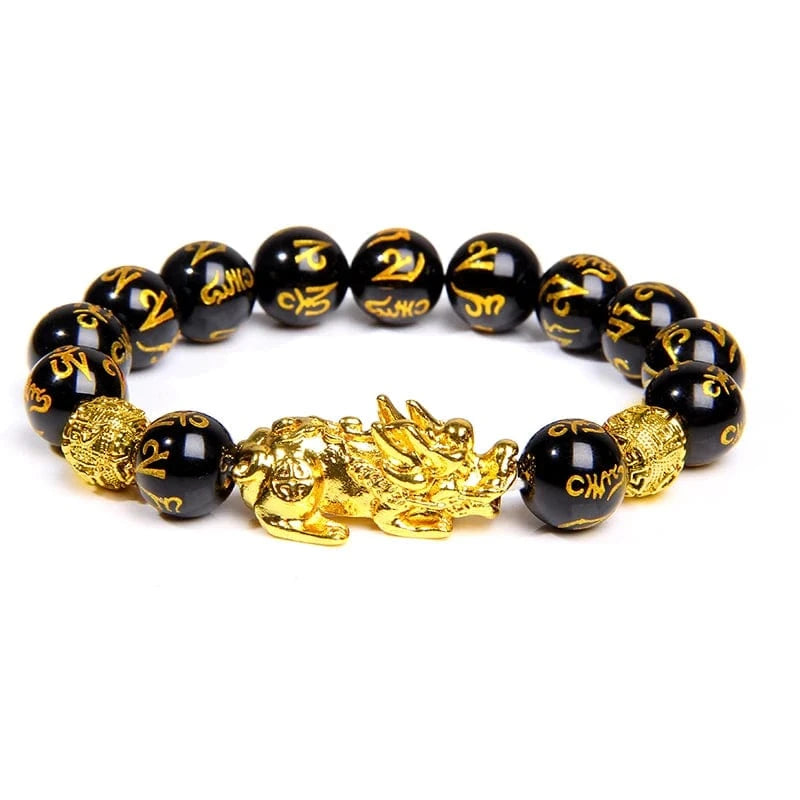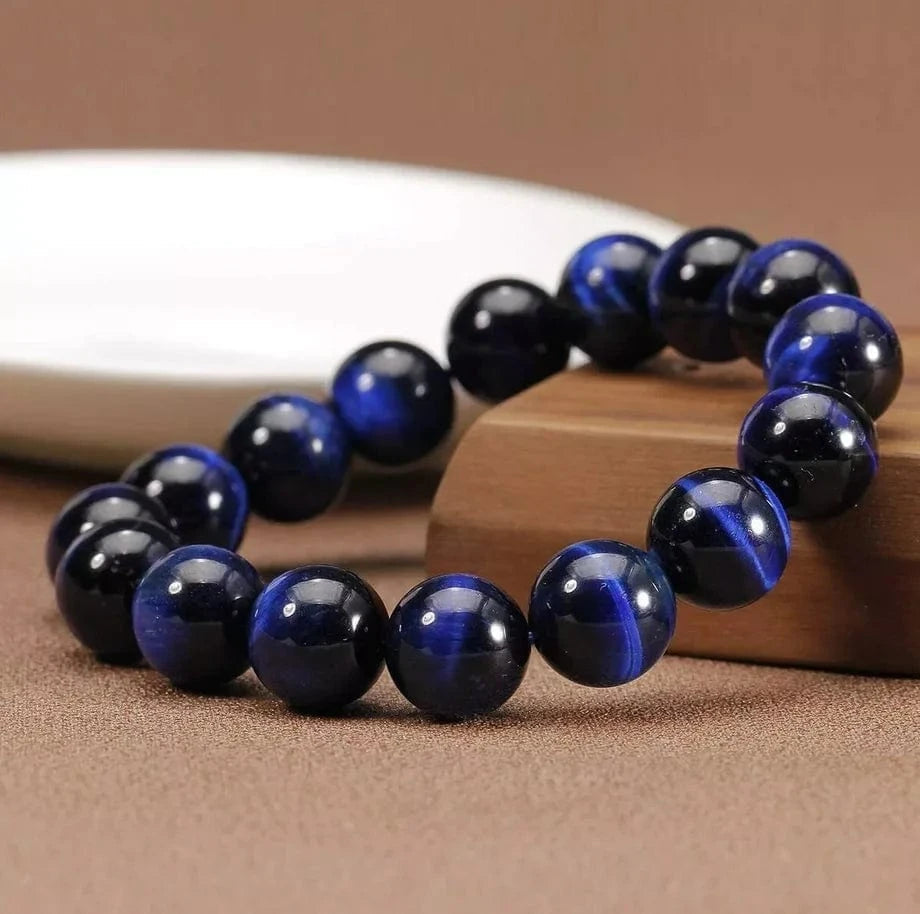93% of our readers adopt lithotherapy
Enjoy the care of your Mala tomorrow, the energy adequacy.
Malas can be used from many ways, not just for religious purposes, they can be used as part of fashion or for the prayer recitation and meditation.
But especially no matter the cult they can be used for their energy benefits.
They are also widely used in natural medicine. Against problems with digestion, the back pain, the joint pain, anxiety, the cold recurring, etc… And treat chronic pain in general (physical and mental)
energy adequacy
These discomforts are all related and all have one thing in common they are usually due to situations of regular and inevitable stress of which we often do not even realize. Which tends to result in a energy imbalance between our organs, which are no longer in adequacy and causes these discomforts.
Outside thediscomfort and the performance drop, in your activities physical, professional, relational and emotional. Over time and / or with age these energy imbalances can often result in cancers, diabetes, heart problems etc...
Restore your organs
For restore your energy adequacy and to protect yourself from the disadvantages of our society, pollution, lack of time, etc ... it is not enough to wear a mala.
The choice of stones is an important first dimension, we recommend the combination of a cold stone and a hot stone for balancing energies mala.
For example the eye of the tiger and the lava stone, theTiger's eye is a cold stone. Lithotherapy specialists agree that it regulates the pancreatic glands and the pituitary gland and strengthens metabolism. It therefore allowsstabilize hypertension, regenerate tissues, reduces mental fatigue, decrease warts. it helps to better digest, to fight against diarrhea or colic of emotional origin. It reduces blood pressure, balances the left and right hemisphere of the brain.
Therelava stone is a hot stone. It retains and diffuses heat in a gentle and balanced way to the organs. It is not uncommon for it to be used by athletes to relax muscles and relieve tension of any kind, whether muscular or nervous. Lava stone also has virtues of revitalization and strengthening of the functions of the organization thanks to its mineralogical properties.
These two stones in combination regulate physical disorders in a complete way and so offer you very large number of mental and psychic benefits because they help you indirectlybe in tune with your emotions to be able to fully enjoy them and no longer suffer them.
In addition these two stones recharge and purify in the same way, you just have to immerse them in demineralized water, put your bowl in the sun and wait a few hours. If you have experienced a strong period of emotional upheaval add a sprig of salt. We recommend one recharge per month.
Why our customers recommend us
Attention, many malas for sale on the internet are manufactured inindustrial conditions and often very unfavorable for workers, the stones used are therefore charged with negative waves and devoid of their energy.
That is why, since its creation the foundation Artisan of Asia advocates responsible craftsmanship. Its purpose is to contribute to the development of activity and employment with more than 200 Artisans in countries such as China, Indonesia, Nepal, Vietnam, India, Cambodia and Thailand… Thanks to each order made.
And it is for all these reasons that we decided to make you a exceptional offer within the limits of available stock.
More details about malas
What is a mala ?
The mala (Tengwa, in Tibetan, Look-Pakam in Thai) may be considered a rosary. Worn as a multi-lap bracelet or necklace, the mala is a prayer and meditation bracelet that has been worn for thousands of years by Buddhist, Hindu or spiritual seekers.
It usually consists of 108 beads made of wood, grain or stone, and one bead larger or different from the others at the end of the Mala (called Meru, in reference to the sacred Mount of Meru, which would be the Mount of the universe).
The history of Mala:
Created in India more than 3000 years ago, mala has its roots in Hinduism, Buddhism, meditation and yoga.
The term "Mala" is a word in Sanskrit (language of Hindu and Buddhist religious texts) which means "garland of meditation". Originally, malas were mostly used for a special style of meditation called "Japa" which means "reciting". This is why mala are sometimes called "Japa mala". It is also commonly called : Buddhist bracelet, Tibetan bracelet, Chinese bracelet or lucky necklace.
During your meditation sessions, you must repeat a mantra 108 times, using your mala to help you count. A mantra is a word or sound repeated during meditation to help you focus. In more simplified terms, a mantra is the condensed formula of a prayer.
For example, one of the best-known mantras is the Tibetan Mantra of great compassion (Om maṇi padme hūm), which can be translated as "Hail To You, O jewel hidden in the lotus".
Most malas are composed of 108 beads, but nowadays we find Buddhist bracelets much shorter, and composed of 10-20 beads maximum.
Why 108 beads ?
The number 108 has deep spiritual significance in Buddhist and Hindu cults.
Here are some of these best known meanings :
- The heart chakra: the chakras are the places of exchange of energy between the body and the external environment. There are 108 energy lines in total, which converge together to form the heart chakra. The heart chakra is a center of balance linking the physical and spiritual aspect of a person.
- The Upanishads (or Upanisads): set of 108 sacred and philosophical texts forming the theoretical basis of the Hindu religion.
- The numbers 1, 0 and 8 : in Hinduism, the number 1 represents God, 0 means the emptiness and humility found in spiritual practice and the 8 symbolizes the infinite.
- In Buddhism, there are 108 sins to avoid, and 108 virtues to cultivate.
- The 108 feelings : according to Buddhists, there are 108 feelings. 36 in connection with the past, 36 in connection with the present and 36 in connection with the future.
- Name of Gods and goddesses: in Hinduism, some gods and goddesses have 108 different names. Buddha also has 108 names.
- The Earth and The Sun: the diameter of the sun is about 108 times larger than the diameter of the Earth. The distance from The Sun to the Earth is 108 times the diameter of The Sun.
- Attaining enlightenment: Buddha had to undergo 108 trials to rise and attain enlightenment.
- Spiritual sufferings: there are 108 spiritual sufferings (kleshas) in Buddhism.
- Mudras: there are 108 spiritual gestures in tantra.
- The 108 Yoga positions and 108 Tai Chi movements.

How to use a mala ?
Malas can be used in different ways, not just for religious purposes.
Nowadays, the mala is increasingly used in the context of fashion, as an accessory or jewelry. It can also be used for prayer recitation (regardless of worship) and meditation.
In the practice of meditation, the mala can be used as a counter. Like a simple rosary, it can objectively mark the duration of each session.
When reciting prayers or mantras, each repetition will be associated with a bead, allowing you to count exactly how many times you will repeat your mantra or prayer. When you reach the Meru (Pearl different from the others), it indicates that the turn of the mala is completed.
Some people also use the mala during Yoga practice, in order to use it as a fixing point, and to infuse it with energy released during the Yoga session.
In Buddhism, the mala is held with the left hand, and is held with the right hand with the help of the index finger and thumb. This gesture symbolizes taking beings out of suffering and charging one's body with positive energy. In Hinduism, the mala is held with the right hand, the left hand being considered impure.
And finally, for people with no interest in meditation, religion or yoga, wearing a mala can simply help you feel better. Indeed, in Chinese popular belief, mala helps to purify itself, and repel negative energies and evil spirits.
No matter how you use it, your mala must first and foremost carry a personal and unique meaning only to yourself !

How to maintain and clean your mala ?
This is a question I often ask ...
There are several ways to maintain his mala, whether in a physical or spiritual way.
In my opinion, the best way to maintain his mala is to wear it as often as possible, and to raise it regularly. Regardless of the material of the mala (wood or stone), the simple fact of the grainer will make it possible to polish the wooden or stone beads, and reveal the heart of its material.
It should be noted that it is better to avoid bathing or douching by wearing the mala, the water that can seep into the wood and inflate it.
On a more spiritual level, mala can be maintained in 3 ways:
- Exhibition in the light of the sun and/or moon: Leave your trunk a few hours under the light of the sun or the moon. If your mala is made of wood, it can be used to revive its scent.
- Exposure to incense smoke: The beads of your mala can absorb the smoke, the imbibant of its smell.
- Vibrations du son et de la musique: Réciter un mantra, utiliser un bol chantant Tibetan ou des chants et musiques ances to create a vibration that will purify your trunk.
You don't have your trunk yet? Find your happiness among our beautiful collections of hand-made malas:Buddhist Mala bracelets And Tibetan mala necklaces !






0 comments